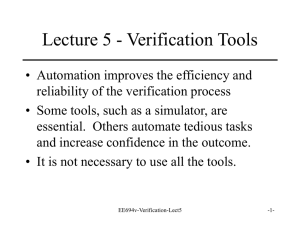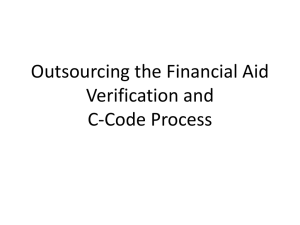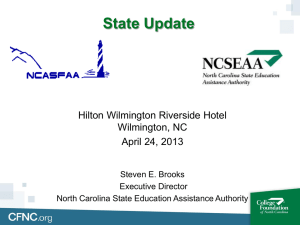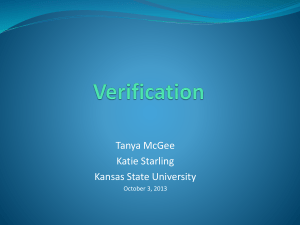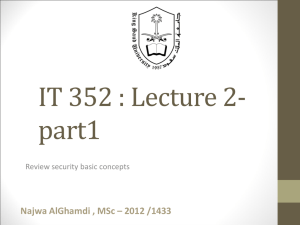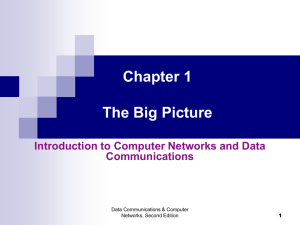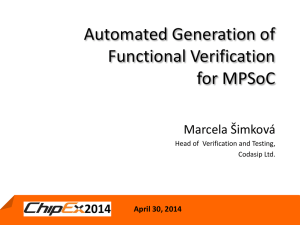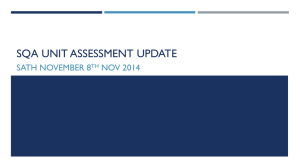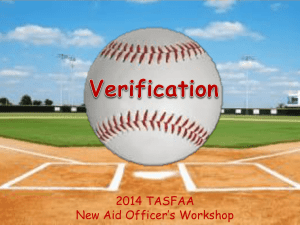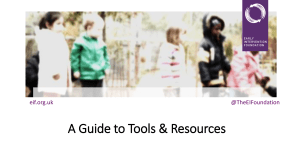Monitoring the INF and START Treaties
advertisement
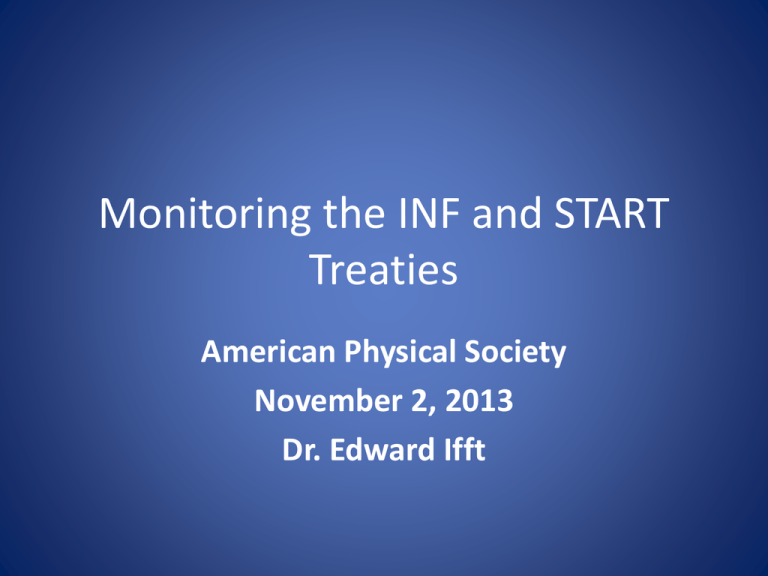
Monitoring the INF and START Treaties American Physical Society November 2, 2013 Dr. Edward Ifft Tools of Verification • Declarations and data exchange • National Technical Means (NTM)—specifically authorized by treaties, if operating in accordance with international law • International Technical Means (CTBT, Open Skies) • Cooperative measures • On-Site Inspections • Perimeter and Portal Continuous Monitoring (PPCM) • Telemetry • Unique identifiers • Open sources, civil society INF Verification • Signed 1987; EIF 1988 • Banned all ground-launched missiles with ranges between 500 km and 5,500 km • Extensive declarations • 5 types of intrusive OSI, including PPCM at Votkinsk, Russia and Magna, Utah • Cargoscan X-Ray machine at Votkinsk (SS-20 vs. SS-25) • Detailed procedures for conduct of OSI • Detailed procedures for conversion or elimination of systems, including missile launch to destruction INF Verification • All systems converted/eliminated by 1991; about 846 U.S. systems, 1846 Soviet systems • OSI continued until 2001—complicated by presence of U.S. systems in 5 basing countries in Europe • About 850 inspections conducted • Established model for OSI in later treaties INF Verification • SS-25 ICBM deployments at former Soviet INF bases led to use of neutron counters by U.S. inspectors at these bases • Special Verification Commission (SVC) • Still in force—12 USSR successor states • Russia would like to make INF multilateral and threatens to withdraw START I Verification • Signed 1991; EIF 1994 • Emphasis on verification—Cold War mentality—Gorbachev agreeable • 124 definitions; 153 different notification formats • Detailed Verification Protocol • Massive MOU on data exchange, photos • 12 types of OSI—most important were Data Update inspections (15/yr) and RV inspections (10/yr); elimination inspections increased toward the end • U.S. PPCM continued at Votkinsk (no Cargoscan) • USSR declined PPCM at Promontory, Utah • Special verification regime for mobile ICBMs START I • Telemetry: no encryption or encapsulation— exchange of tapes; “Geek Week;” important for numbers of RVs and throw-weight • Joint Compliance and Inspection Commission (JCIC); over 100 Agreed Statements and Common Understandings START I • 4 successor states to USSR: Russia, Ukraine, Belarus, Kazakhstan • Treaty expired 2009—could have been renewed, but replaced by New START Moscow Treaty (SORT) • U.S.-Russia only; EIF 2002, replaced by New START • Reductions in deployed warheads only • No provisions for verification, reductions schedules, elimination procedures • Partially relied on START I verification regime while START I remained in force • Aberration, not a precedent New START Treaty • EIF February 5, 2011 • Duration 10 years—can be renewed for 5 years • Reductions within 7 years to: -- 700 deployed ICBMs, SLBMs, heavy bombers [equipped for nuclear weapons] -- 1,550 warheads on these 700 delivery vehicles -- 800 deployed and non-deployed ICBM and SLBM launchers and heavy bombers [equipped for nuclear weapons] NEW START Verification • Verification regime made “simplified and less costly;” more information, less access • 90 definitions • OSI consolidated and quotas reduced: --Type 1: deployed system sites, 10/yr. --Type 2: non-deployed system sites, 8/yr. • Numbers of inspectable sites on both sides reduced, due to base closures • OSI of eliminations consolidated into Type 2 (“accumulations”)—will probably be infrequent NEW START Verification • Attribution rules from START I gone (except for nuclear heavy bombers—HB=1 warhead) • No special regime for mobile ICBMs • Team is told exact number of warheads on each system at that site when inspection begins • Over 3,000 notifications to date • Unique identifiers on all systems • Access to telemetry reduced—up to 5 flights/yr., chosen by testing side Counting Rules • START I: assume all deployed launchers contain a missile; attribute maximum number of warheads allowed for each type of missile (heavy bombers discounted) • New START: count only missiles “emplaced” on/in deployed launcher at any given time; count warheads actually deployed on deployed missile at any given time (HB= 1 regardless) • Causes constant fluctuations in the count and challenging verification task—solved through declarations and intrusive OSI Special Verification Requirements • Exhibitions: 1-time exhibit of new/converted system to demonstrate distinguishing features or confirm technical characteristics: B-1B, B-2A, SSGN, RS-24 completed • 4 U.S. SSBNs converted to SSGNs: 1-time exhibition of each within 3 years, plus 6 additional inspections over life of the Treaty (if in port during Type 1 OSI) • INF, START I, New START all allow hand-held neutron counters to distinguish between nuclear and non-nuclear objects NEW START Verification • Bilateral Consultative Commission (BCC) • State Dept. 2013 Compliance Report: . . .”U.S. certifies the Russian Federation to be in compliance with the terms of the New START Treaty.” U.S. has raised implementationrelated questions with the Russian Federation through diplomatic channels and in the BCC (details classified)

